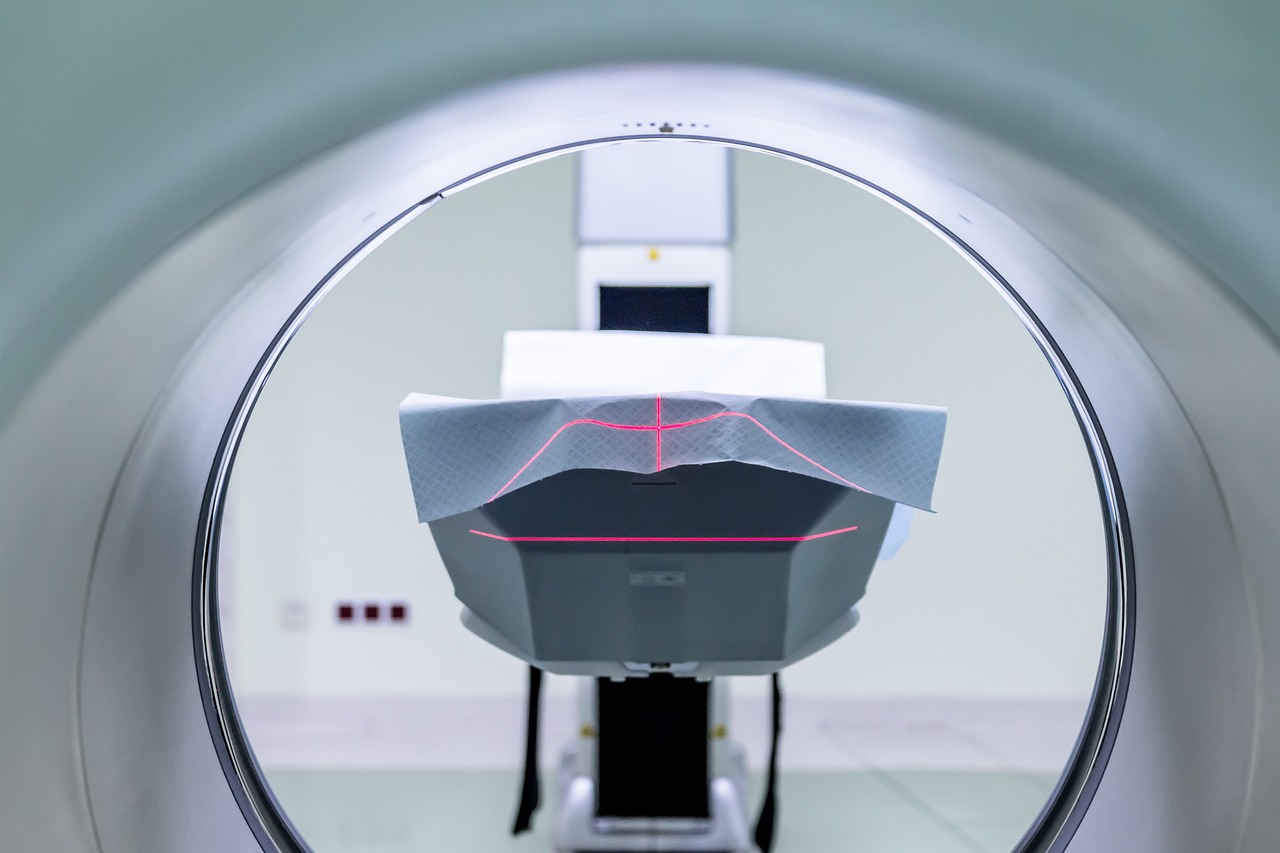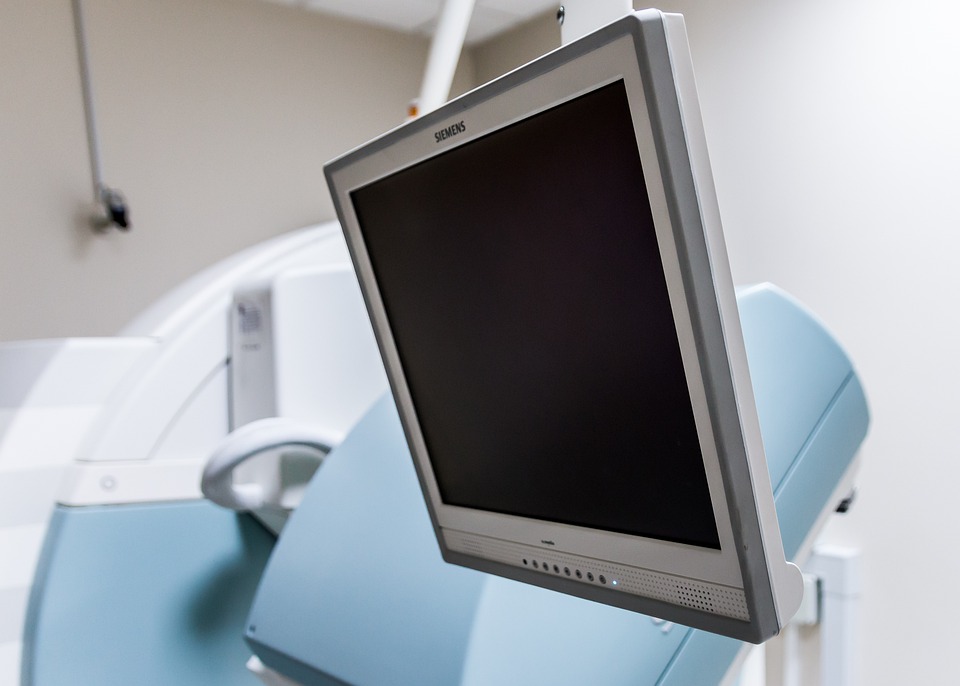How can you compete or treat a sports competitor without at least basic knowledge in anatomy, injury and pain management, sports sciences and nutrition? Even if you gained this knowledge in the past, a brush-up course might help hone your skills. You can become a better competitor or sports medicine authority through free online courses offered by prestigious universities such as MIT and Johns Hopkins.
The following list is comprised of twenty-five open courseware classes that focus on sports, sports medicine, injury and pain management and much more. The courses are free, but you cannot gain credits upon finishing each course. You will, however, walk away with knowledge offered by top universities, and this knowledge can help you gain an edge in your sports management.
Each link listed below is sorted by categories and listed alphabetically within those categories. This method shows readers that we do not favor one resource over another.
Basic Courses
- Active, Healthy Lifestyles: This course is aimed at physical education teachers, as it looks at some common misconceptions that relate to fitness and activity levels [The Open University].
- Introduction to Cardiac Care: Dr. Lewis introduces viewers to their hearts, and helps readers understand how to keep that heart healthy through a seminar that uses medical illustrations, audio, Flash animation and authentic diagnostic imagery [Columbia].
- PE for ME: This course is an introduction to the inerent ability of the human organism to function in accord with its physical environment [MIT].
- Public Health Practice 101: You may exercise alone, but you may also compete with many other people. Learn the basics of public health practices to stay healthy [Johns Hopkins].
- Science Information Tutorial: Learn (or re-learn) the scientific method, peer review, scholarly communication and methods of locating and evaluating scientific literature and information sources [UCIrvine].
Anatomy
- Anatomy and Physiology: Use self-study modules to learn more about anatomy and physiology, then move on to the second course, which is more advanced [Western Governors University].
- Cardiovascular Pathophysiology: This is an introduction to cardiovascular issues, but it expands on the introductory course listed above as it is targeted to the medical community [Tufts].
- Medical Terminology: Learn medical terminology that can help you to become more comfortable with a medical environment. You also will encounter anatomy through this course [College of Eastern Utah].
- Musculoskeletal Pathophysiology: This course covers the growth, development and structure of normal bone and joints, the biomechanics of bone connective tissues and their response to stress, calcium and phosphate homeostasis [MIT]. Another, comparative course in Musculoskeletal Pathophysiology is offered at Tufts [Tufts].
- Musculoskeletal Sequence: Gain knowledge of the foundational basic science knowledge of the musculoskeletal system with this course [Open.Michigan].
Injury and Pain Management
- Chronic Infection and Inflammation: What are the Consequences on Your Health? This course explores the emerging field of pathogen-induced chronic diseases that may redefine major disorders such as ulcers, diabetes, atherosclerosis and more. This is an undergraduate course that may help you to identify underlying problems behind some physical issues [MIT].
- Confronting the Burden of Injuries: Learn about injury problems and learn to assess their magnitude. Prevention is key to avoiding injuries when possible, and students learn how to put such a plan in place [Johns Hopkins].
- Health Assessment and Promotion: Although not specifically focused on injury or injury prevention, this program can help users learn to assess and interview a client and accurately identify that person’s history and physical assessment, no matter the client’s age [UMass Boston].
- Introduction to Clinical Pain Problems: This program provides a unique and interdisciplinary method that sets the standard for pain education and pain management [Tufts].
- Issues in Complementary and Alternative Medicine: Learn more about various methods used for healing outside traditional Western techniques and the reliability of these alternatives in practice [The Open University].
Nutrition
- Critical Analysis of Popular Diets and Dietary Supplements: Examine the science behind normal mechanisms of weight control and about how weight loss diets are constructed and how they work [Johns Hopkins].
- Food and Nutrition Policy: Learn more about the steps and dynamics of policy-making processes that address nutrition problems and issues [Johns Hopkins].
- Nutrition: Learn about nutrition fundamentals, the science of digestion and metabolism and gain knowledge about macronutrients and micronutrients through this course material [Western Governors University].
- Nutrition and Medicine: By taking this course, you may learn more than over half the doctors in the U.S. know about how nutrition can affect health [Tufts].
- Principles of Human Nutrition: Learn more about the physiological requirements and functions of protein, energy and the major vitamins and minerals that determine the difference between health and disease in humans [Johns Hopkins].
Sports Sciences
- Chemistry of Sports: The focus here is on three sports – swimming, cycling and running. Learn about the chemistry of the biological system in these sports as they are combined to perform a triathlon [MIT].
- Improving Aerobic Fitness: This unit teaches aspects of aerobic fitness that could enhance anyone’s performance and well being [The Open University].
- Physical Intelligence: Learn more about the body’s kinesthetic intelligence as applied to a wide range of disciplines. This course involves exercises, activities, readings and discussions to help develop balance, agility, flexibility and strength as well as a deeper appreciation for the inherent unity of mind and body [MIT].
- Stress Management: This course is included under sports sciences, as it involves the mind and body in a program that focuses on the causes of stress, the ability to recognize personal stressors and an holistic life-changing management for stress control [Weber State University].
- Weight Training: This course is designed for beginners or for those who have received incorrect training. The instructions include biomechanics involved, muscles used for a given exercise and program development [MIT].
Did you enjoy this article?







